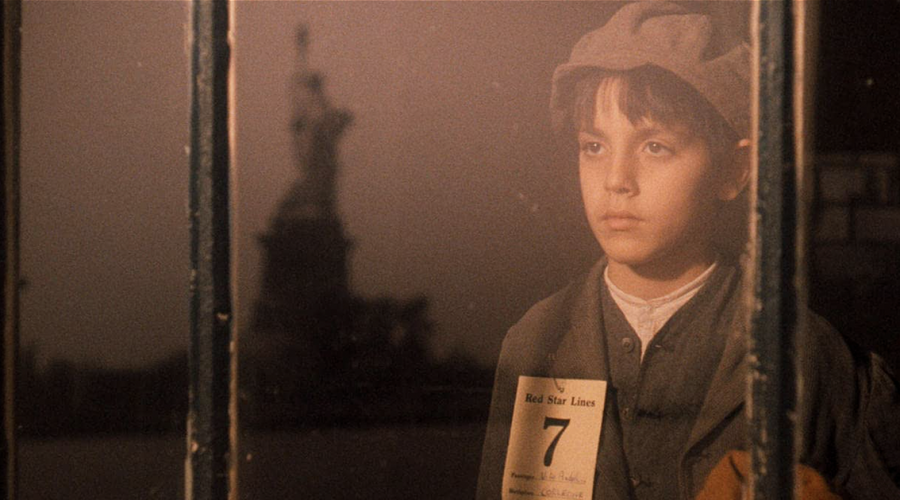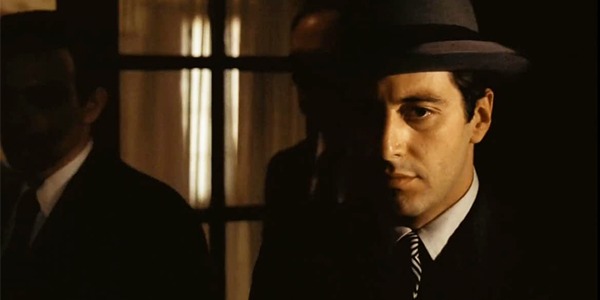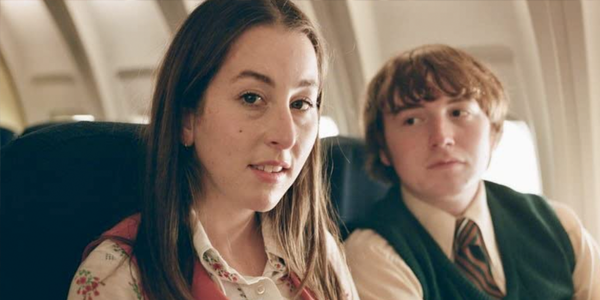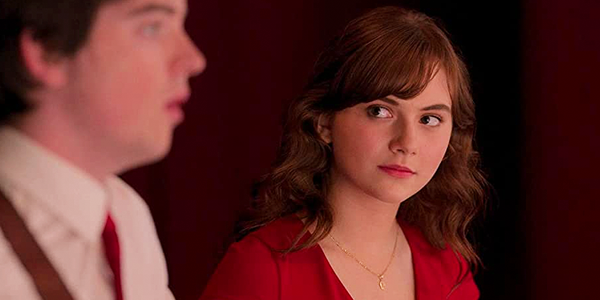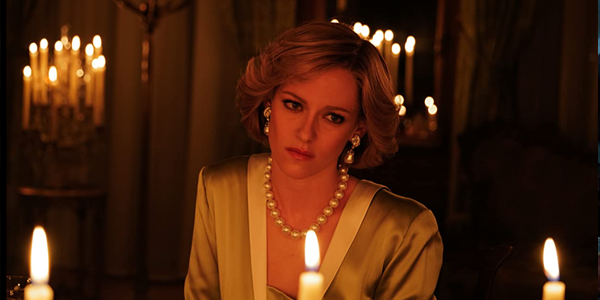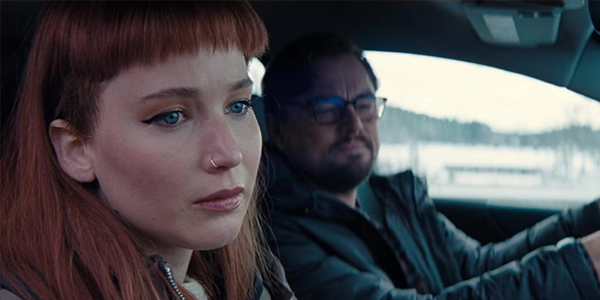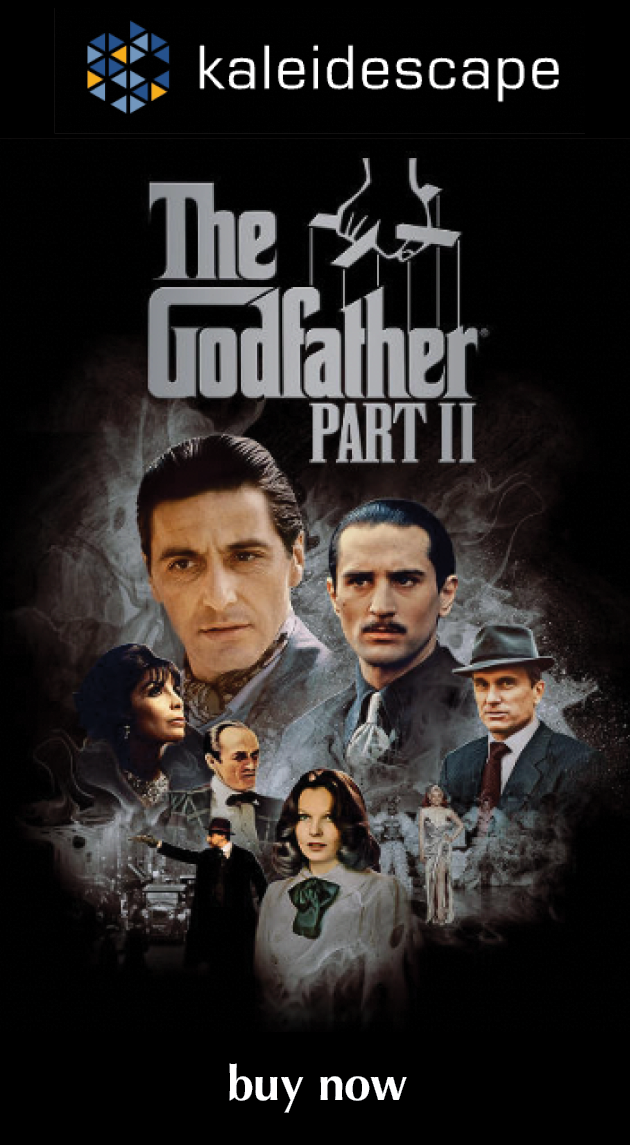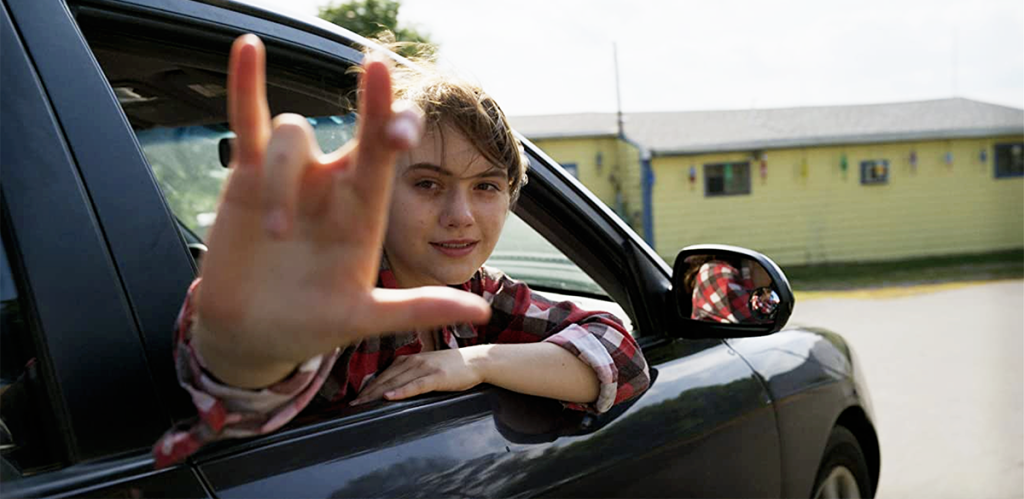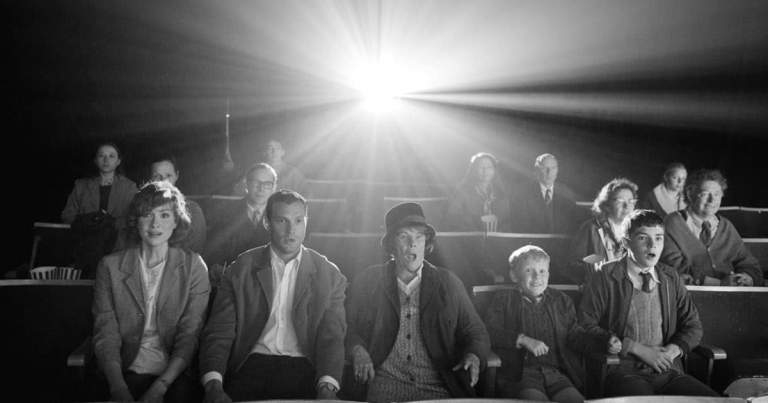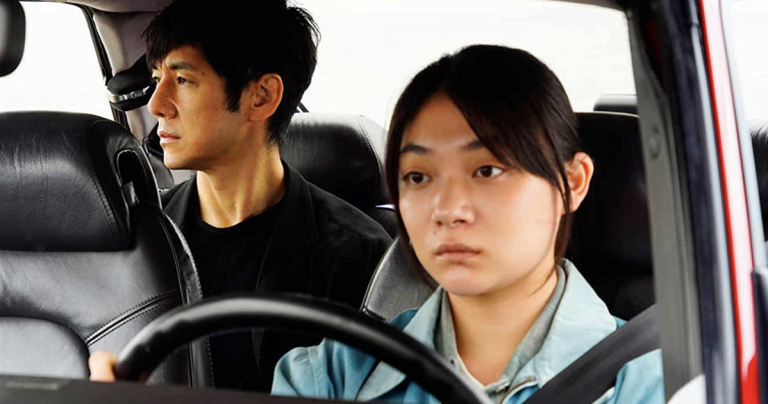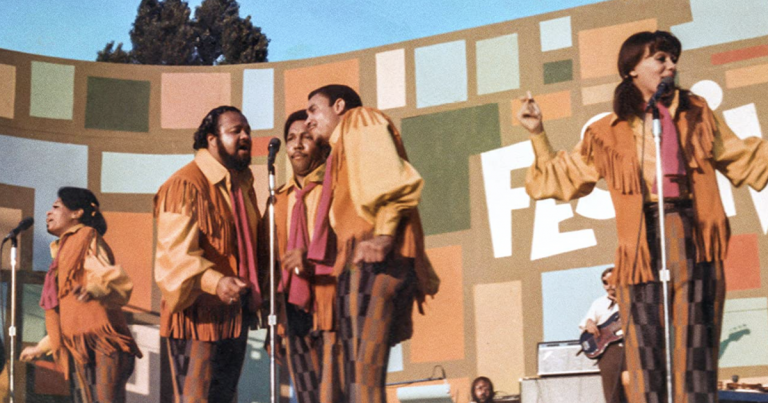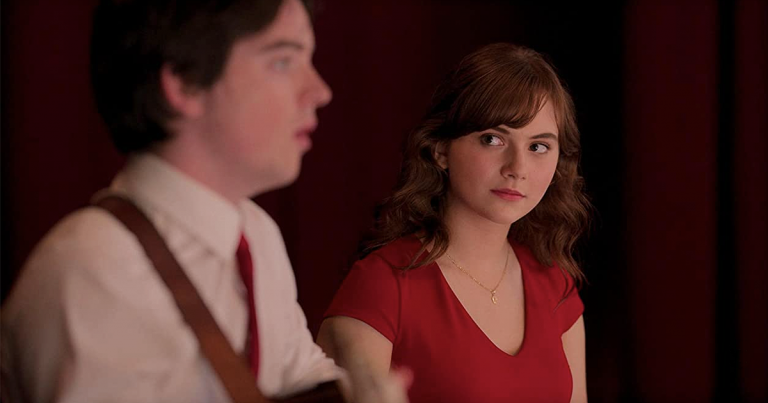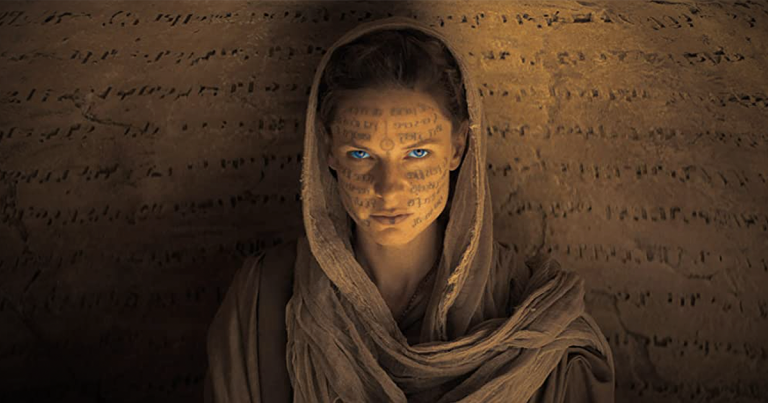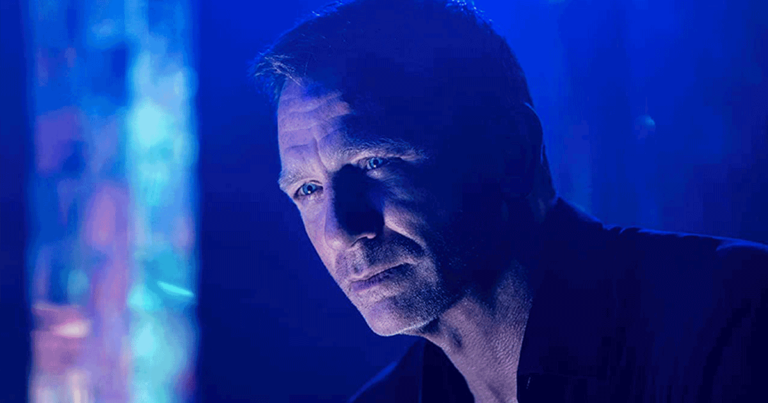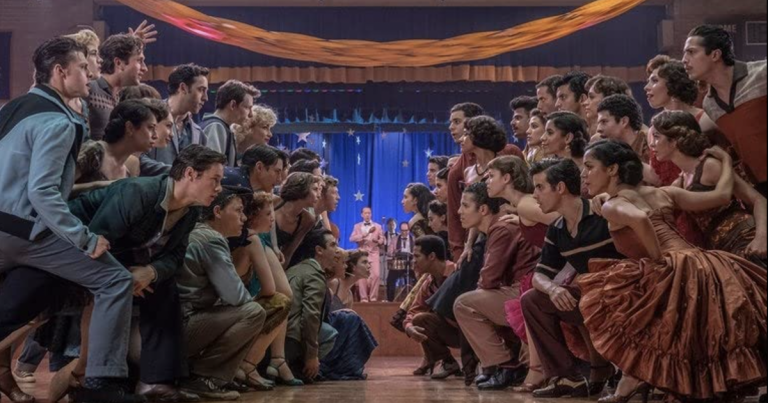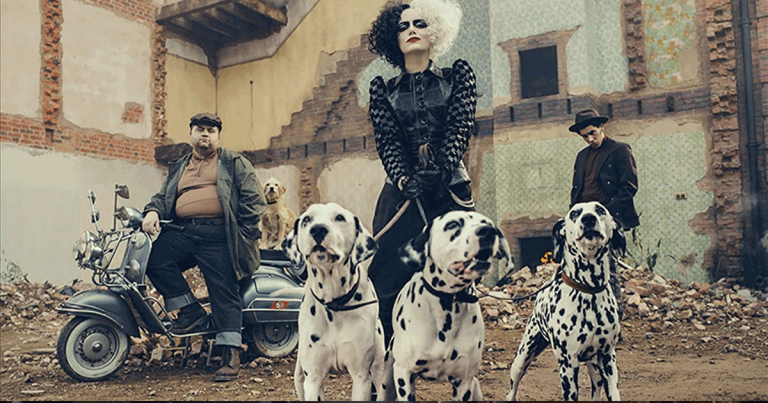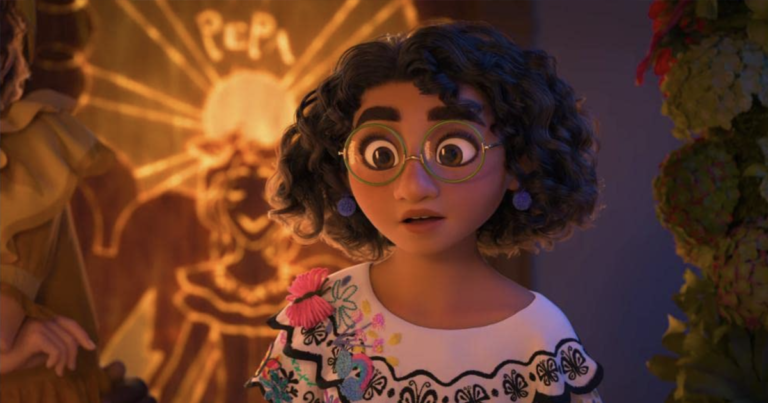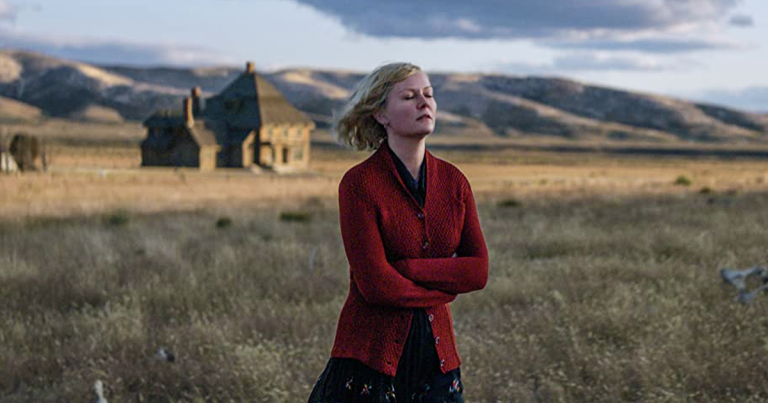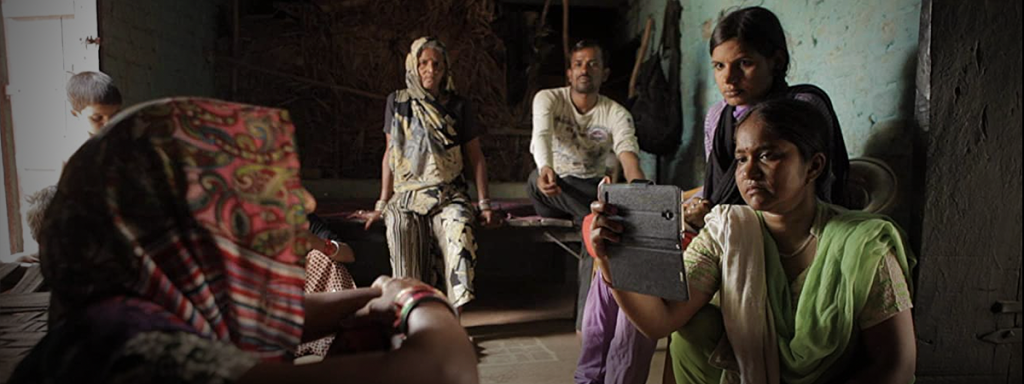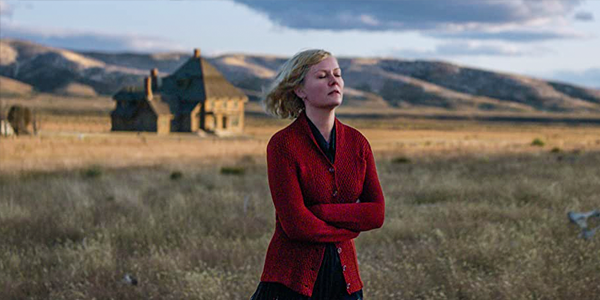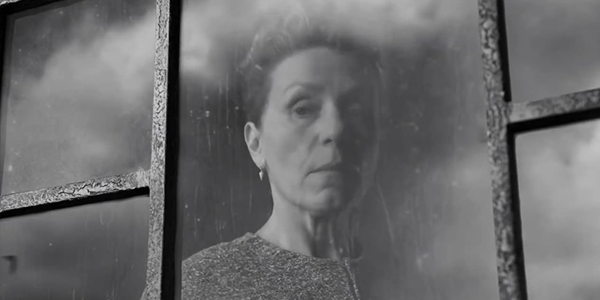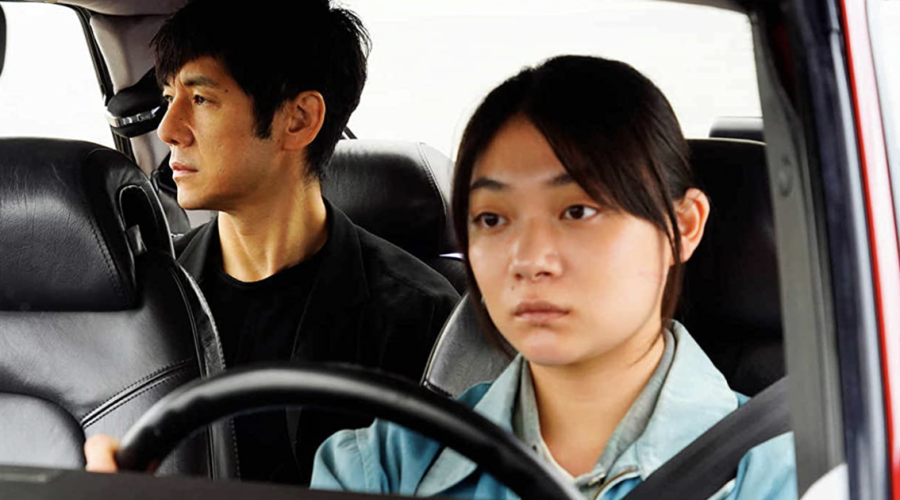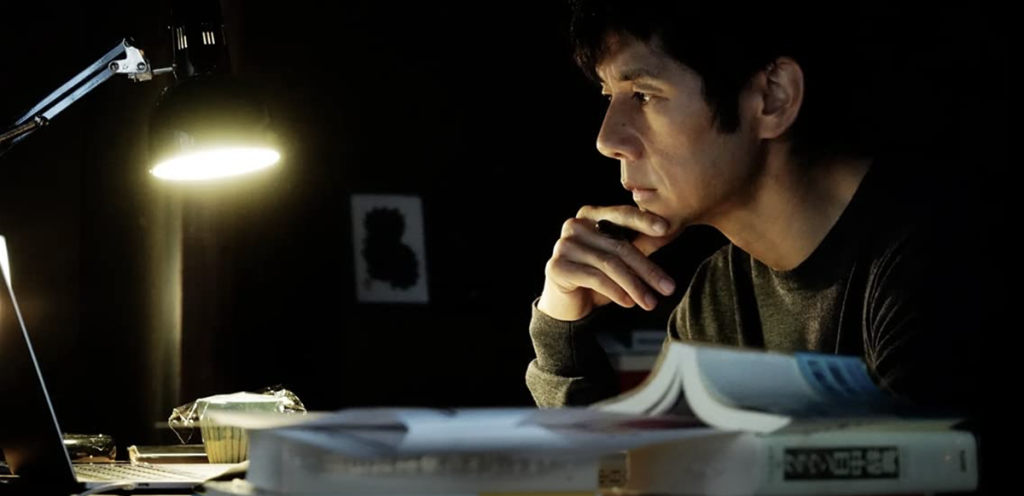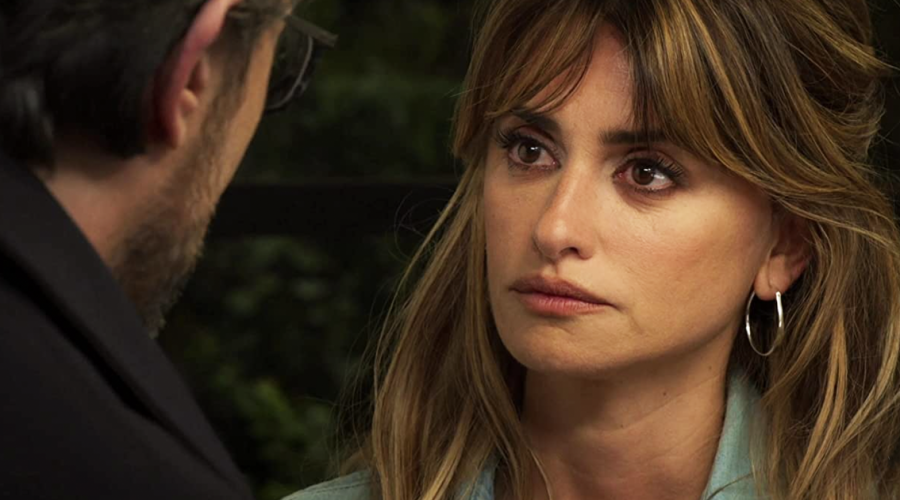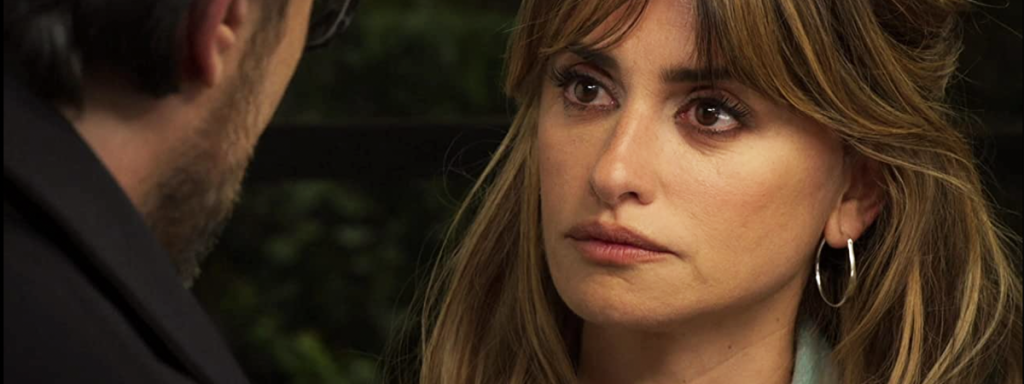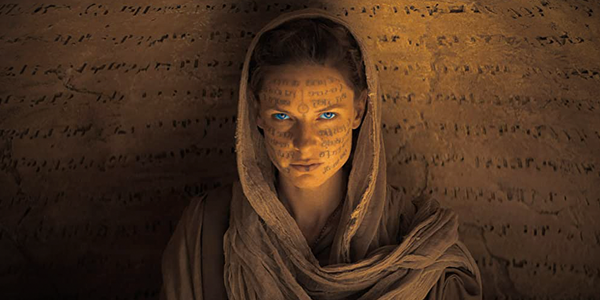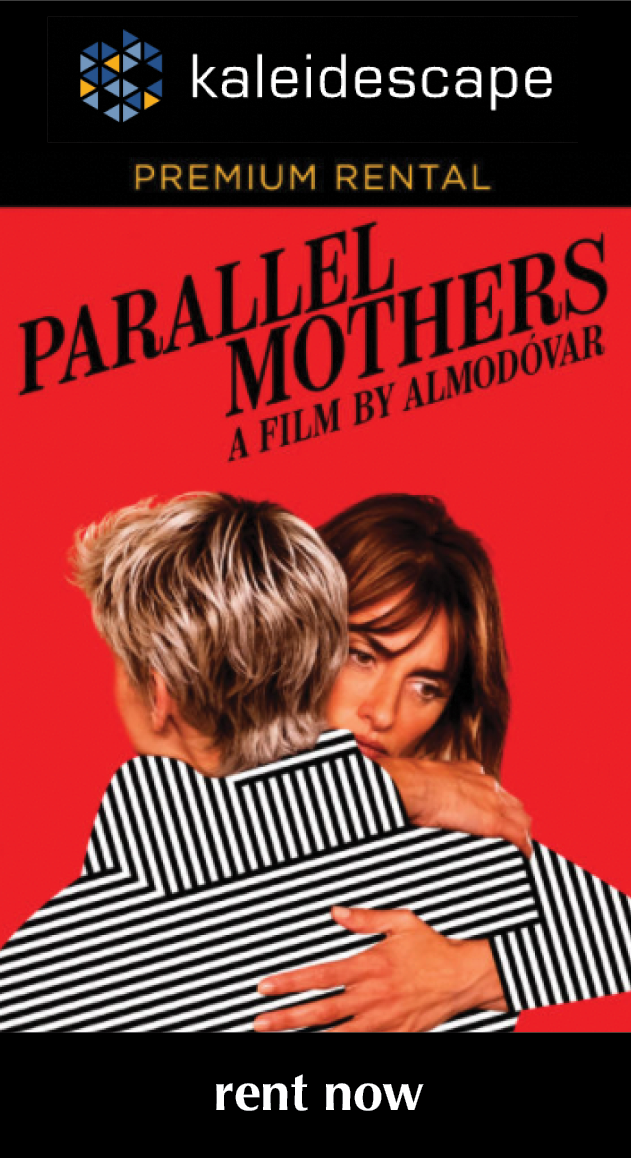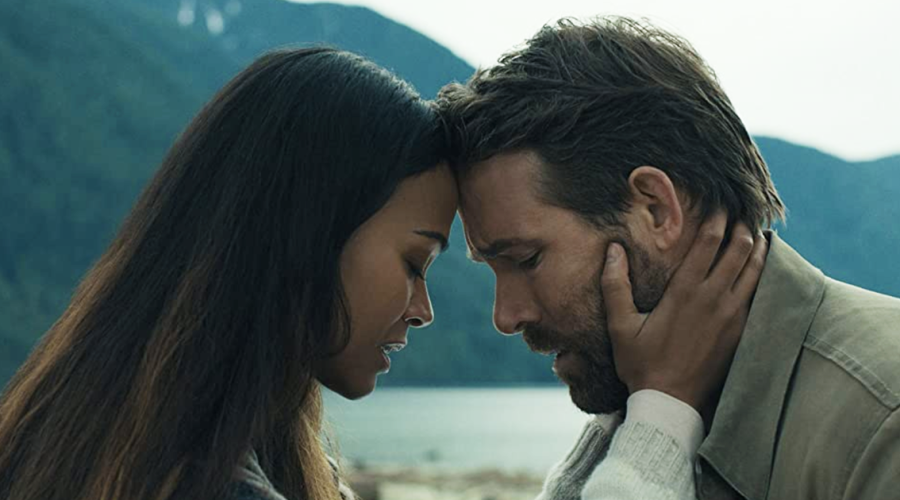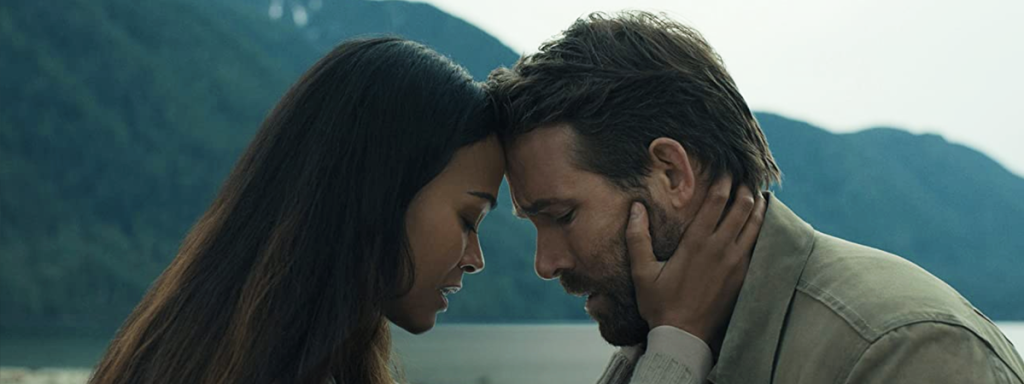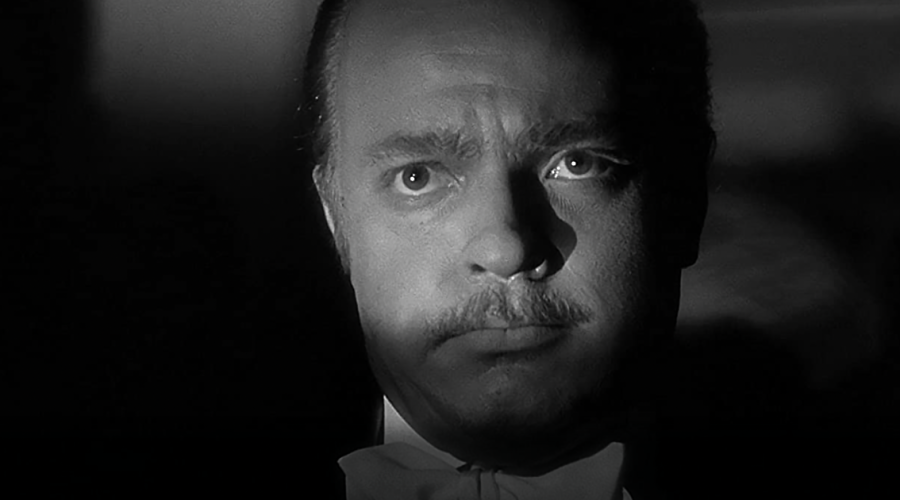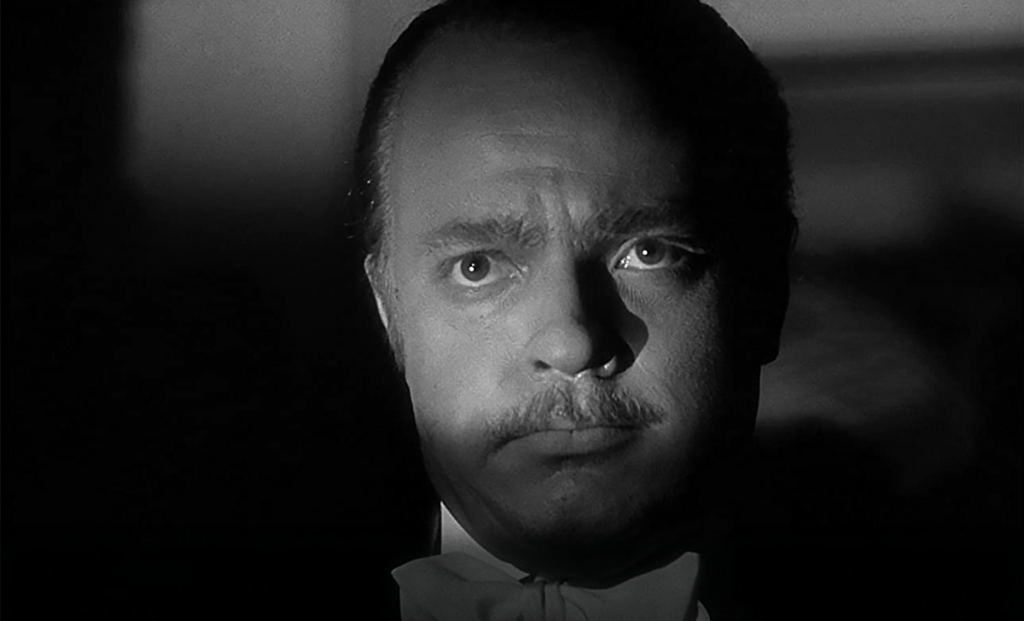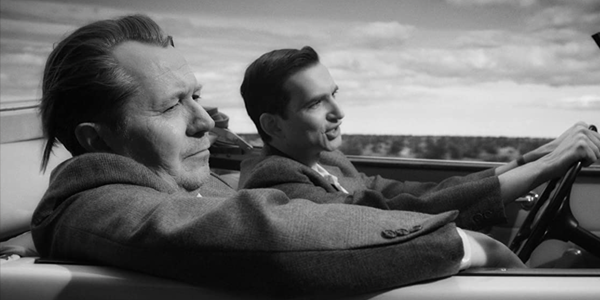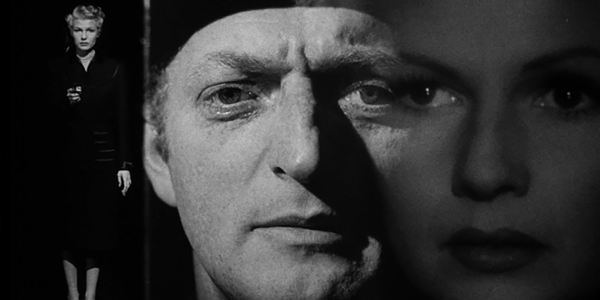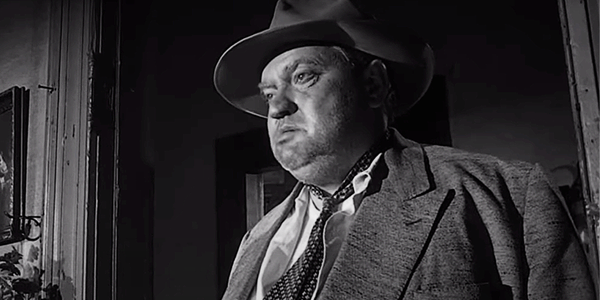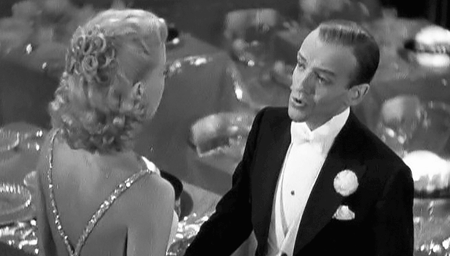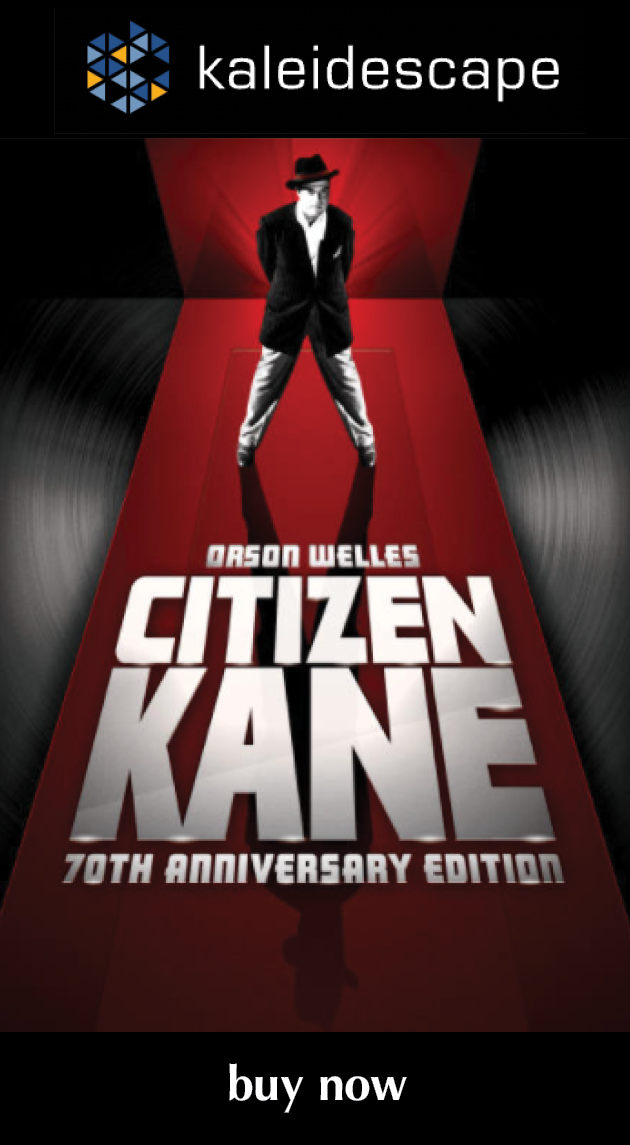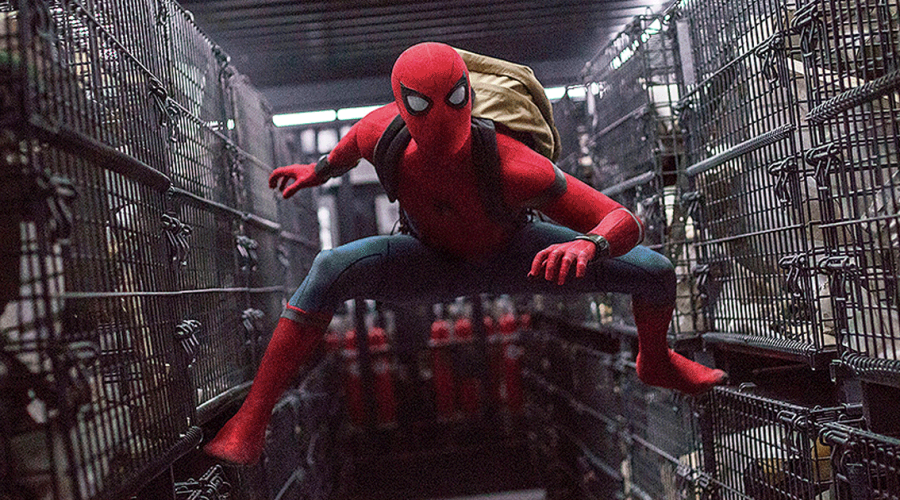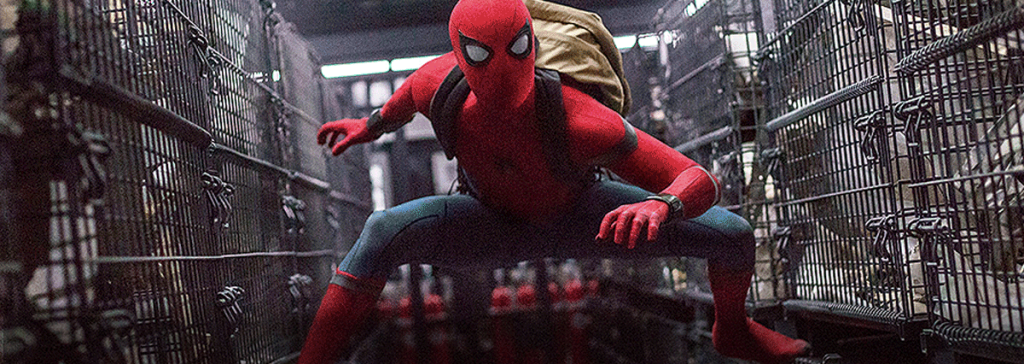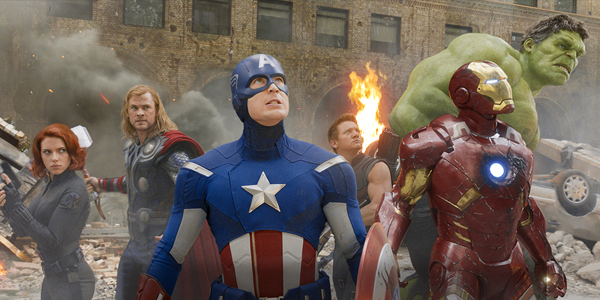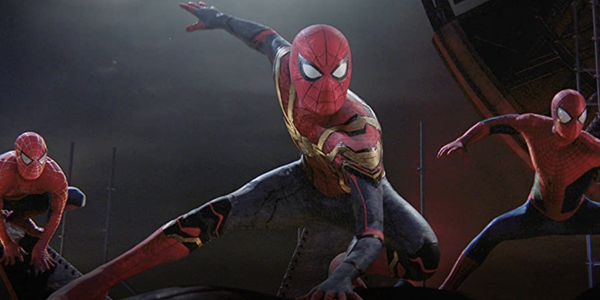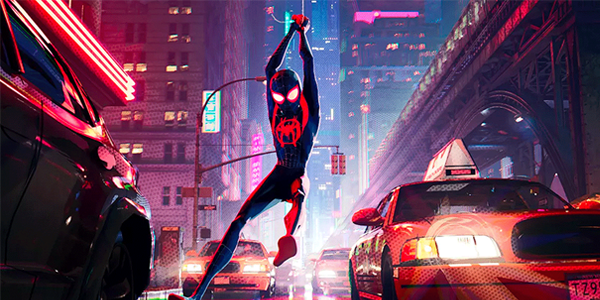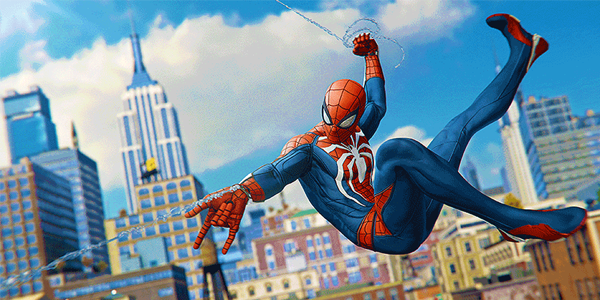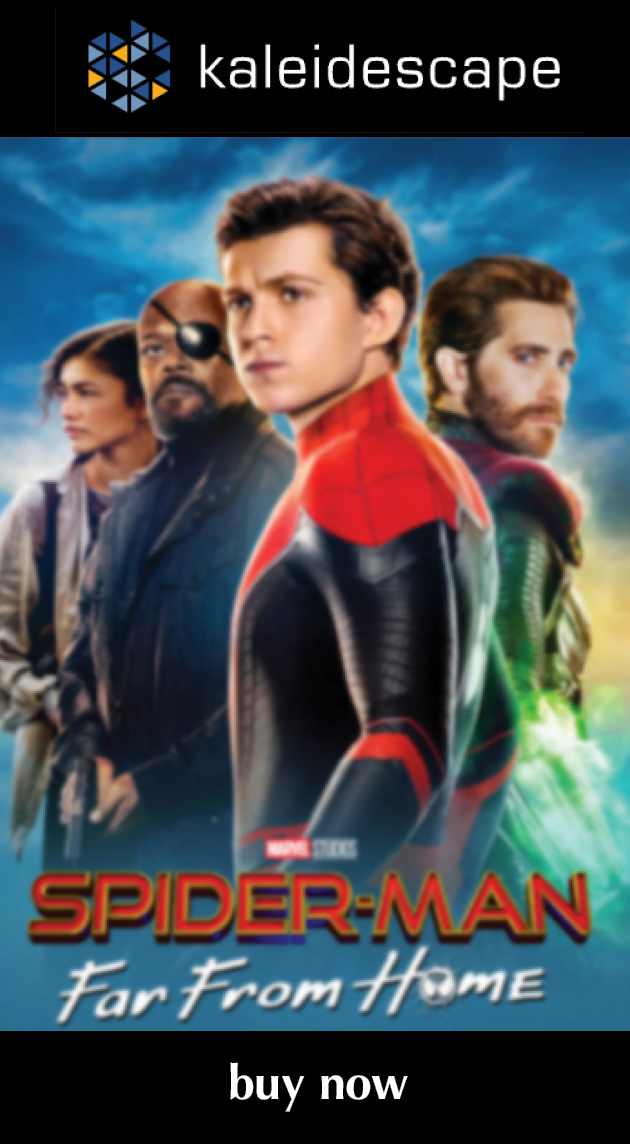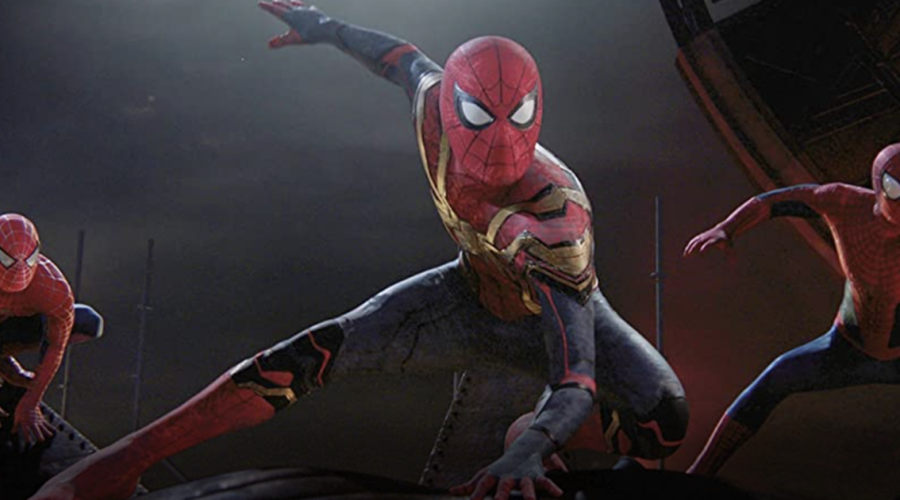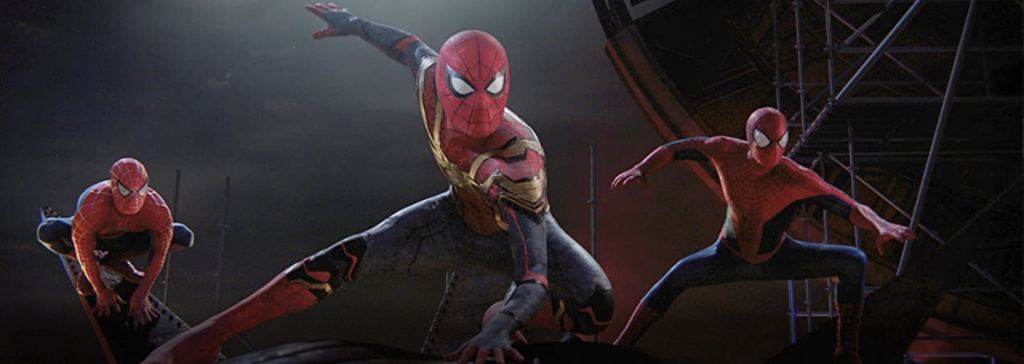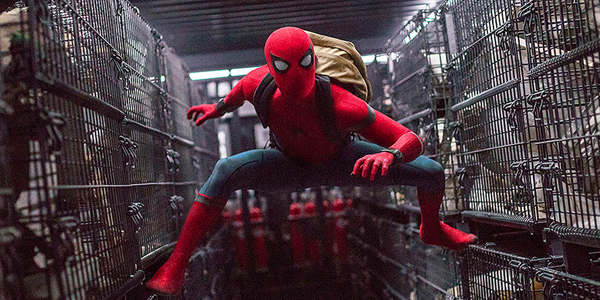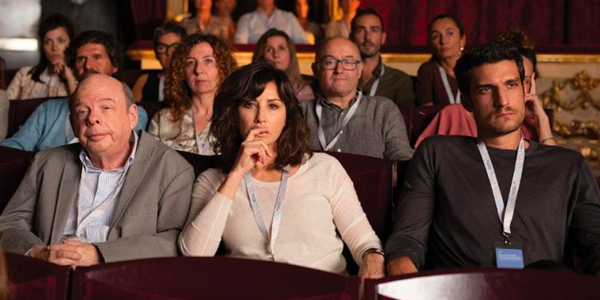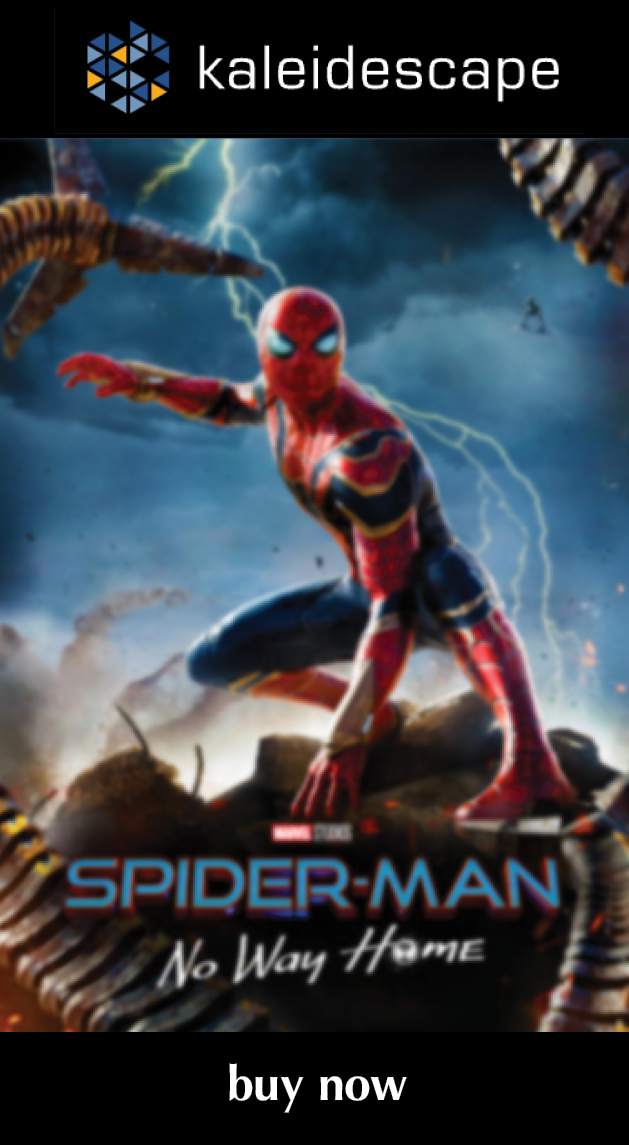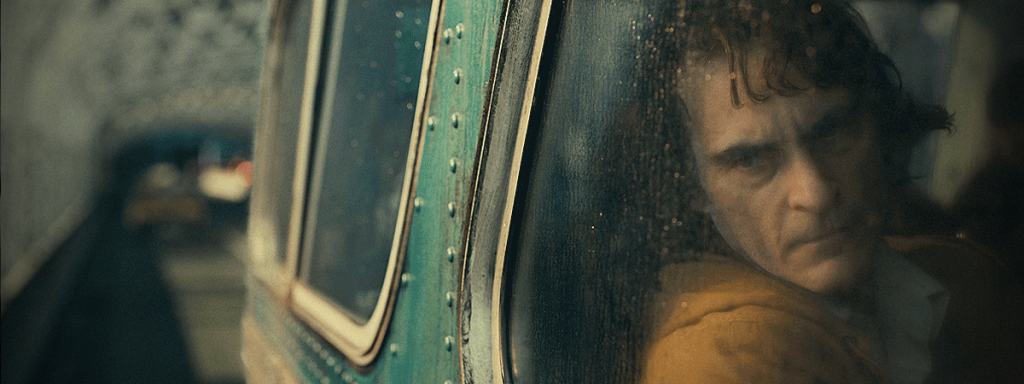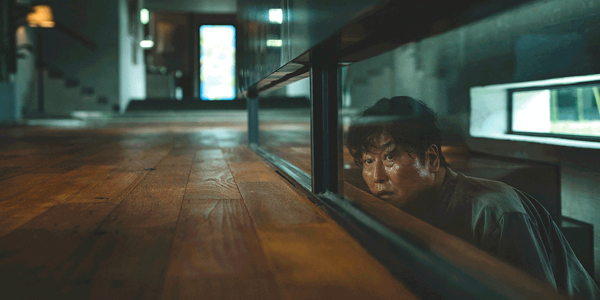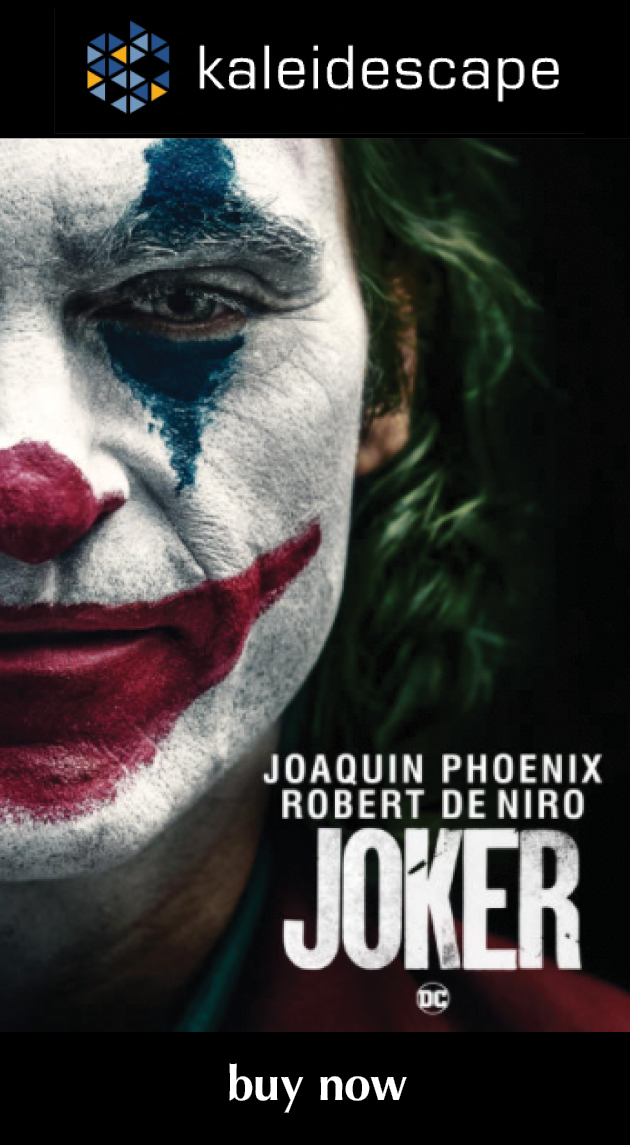Review: The Godfather Part II
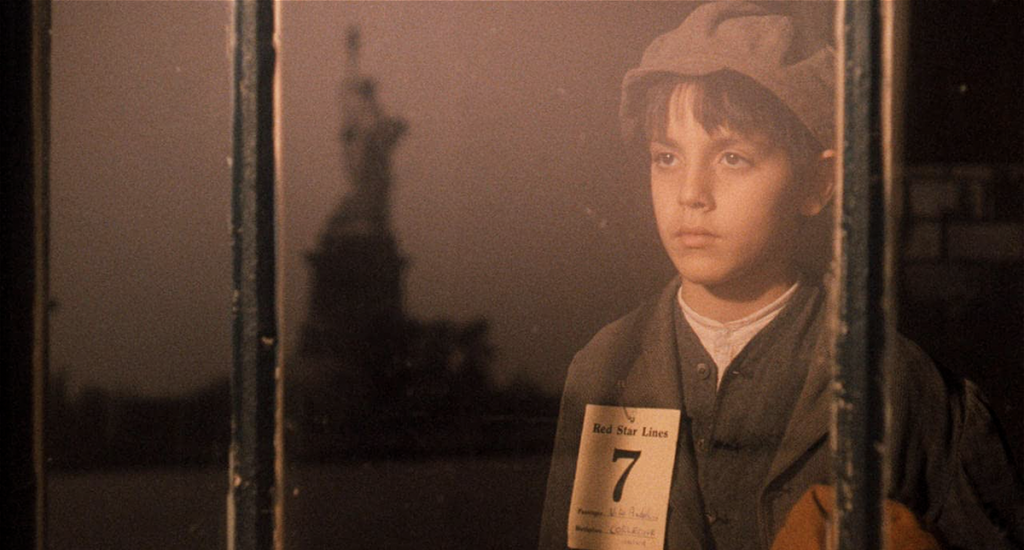
review | The Godfather Part II
related review
also on Cineluxe
This release sets a new standard for how an older 35mm film should be transferred to 4K HDR—unlike the new release of the original Godfather
by Dennis Burger
April 1, 2022
As I write this, Mike Gaughn and I have been frantically calling each other at odd hours for the better part of a week, trading notes on the 4K HDR releases of The Godfather and The Godfather Part II and trying to make sense of them both. He, unfortunately, drew the short straw on purpose and has to wrap his mind around the new restoration work done for the original film, which is an order of magnitude better than any previous home video release but suffers from some glaring (and, I would argue, at times unavoidable) issues that will be irksome to cinephiles and subliminally jarring to the uninitiated.
Just because he has the harder task doesn’t make me the lucky one, though, because I’m saddled with the challenge of explaining why the image for Part II—which is less obviously restored, obviously less manipulated, not as sharp, more consistently grainy, and less pronounced in its contrasts—is not merely the superior transfer but one of the finest film restoration and preservation projects I’ve ever seen of a 35mm film of this vintage.
The differences between the new UHD HDR releases of these two films are plain to see from almost the first frame of each. With Part II, blacks aren’t overly crushed, grain is consistent throughout, and although the image may appear softer, a closer look reveals that it genuinely contains more meaningful detail, not to mention much more organic textures.
Why does this matter? Let’s take the early scene in which Senator Geary meets with Michael Corleone in his office. Compare it to the opening scene of the first film and you’ll see that blacks aren’t as black, contrasts aren’t as stark, and the image doesn’t pop as much.
On a superficial level, the second film might not quite measure up to the first by videophile standards. But look closer and you’ll see that the image has more depth, nuance, and delineation in its darkest regions. Geary’s pinstripe suit, for example—nearly as lost in the shadows as it is—still reads as fabric photographed in low-light conditions. The subtle gradations come through.
Fast-forward to the aftermath of the assassination attempt on Michael and you’ll see a similar effect. As Corleone’s men scramble through darkness punctuated by spotlights, there are times in which characters are backlit, mostly rendered in silhouette, especially right around the 36-minute mark. Judged by the criteria we normally apply to home video transfers, the image here might seem a little gray and washed out, with blacks that aren’t fully black.
But ignore the standards by which you think you’re supposed to judge a video transfer and just take the image on its own terms, and you’ll see that there’s real shape to these figures—that even in near-total darkness they still have form. Try to bring the darkest parts of this image down to true, 0 IRE black and these figures would be reduced to construction-paper cutouts. Meaningful shadow detail would be lost.
I could give a million other examples (perhaps more, given the length of the film), but most would boil down to the same conclusion: Unlike the new restoration of The Godfather, the work done to Part II this time around is less obvious, manipulative, and transformative . . . but in almost every respect more revelatory.
And some of that is a consequence of the increased resolution of UHD, which allows the fine film grain and the detail inextricably intertwined within it to shine through. But much of it also has to do with the new HDR grade, which highlights the different shooting techniques used by Gordon Willis to delineate the prequel and sequel portions of the film in a way no previous home video transfer could.
The flashbacks in particular will now be my go-to demo material for illustrating the difference between contrast and dynamic range, two fundamental aspects of image reproduction that are far too often conflated in our discussions of picture quality. Watching the movie in HDR for the first time, I couldn’t shake the notion that Willis must have shot much of the film with low-contrast filters, something that has never been quite as blatantly obvious in older home video transfers. A quick internet search confirmed this.
But the relative lack of contrast is balanced by the fact that there’s a ton of subtlety in the value scale—subtlety that couldn’t be properly captured by older home video standards. In short, this new effort proves once and for all that HDR isn’t simply about blacker blacks and whiter whites but rather the number of steps between the darkest and lightest portions of the image.
The new HDR grade also allows for a color palette that is still pushed toward the warm end of the spectrum, especially in the flashbacks, but one that lacks the bad-spray-on-tan effect that plagued previous releases. And mind you, I don’t mean to imply that the skin tones are true to life. But they certainly seem to be truer to what Willis was trying to render.
There’s one other aspect of this new release I’m grateful for: That all this necessary scrutiny prompted me to go back and listen to the DTS-HD Master Audio 5.1 mix again. It sounds like exactly the same mix that was included with the 2008 Blu-ray release, but it’s been a while since I listened to that one because the 5.1 remix of the first film is so distracting I got into the habit of watching both films in mono just for the sake of consistency.
The 5.1 remix for Part II deserves reevaluation, though. It’s very well done, and suffers from none of the odd soundstaging of diegetic music and tonal inconsistencies that make the first film so hard to digest in anything other than mono. The remix for Part II is more aggressive, more adventurous, more of a departure in many ways from the original sound experience. But it has to be admitted that it simply works.
The one disappointment with Kaleidescape’s release of Part II is that Paramount has, for whatever reason, withheld the bonus features accompanying the UHD Blu-ray boxset, some of them created for this release. As such, I decided to also snag the films on iTunes, just to enjoy the bonuses.
Given what a proponent of streaming I am, I also couldn’t resist the urge to compare the image quality of the Apple and Kaleidescape releases, with the expectation of no significant differences. Boy howdy was I wrong. Even when viewing the iTunes release on Roku Ultra (a superior streamer to the Apple TV in almost every sense) via the Apple TV+ app, I was struck by how inferior it was to the Kaleidescape experience in every way except for the wider color gamut and expanded value scale. In streaming, the fine grain structure is almost entirely lost. And as such, much of the textural impact of the film is lost with it.
I’m not sure I can entirely explain this. After all, I’ve seen some seriously grainy films on Apple TV+ that stood toe-to-toe with their UHD Blu-ray or equivalent releases. My best guess is that rendering grain of this sort at streaming bitrates normally forces the encoder to lean hard on the mode-dependent coefficient scanning capabilities of HEVC to prioritize higher frequencies. But for The Godfather and The Godfather Part II especially, the image requires smaller coefficients across the board to faithfully capture both high- and low-frequency image data, and that necessitates much higher bitrates.
All of which is a mouthful of a way to say that streaming just doesn’t cut it for this one. You need to experience The Godfather Part II at the highest bitrates possible to truly appreciate the work done on this restoration.
Until something better comes along, which hardly seems likely any time soon, this will be my new reference standard for how older 35mm films should be restored, remastered, and encoded for UHD HDR.
Dennis Burger is an avid Star Wars scholar, Tolkien fanatic, and Corvette enthusiast who somehow also manages to find time for technological passions including high-end audio, home automation, and video gaming. He lives in the armpit of Alabama with his wife Bethany and their four-legged child Bruno, a 75-pound American Staffordshire Terrier who thinks he’s a Pomeranian.
PICTURE | The increased resolution of UHD allows the fine film grain and the detail inextricably intertwined within it to shine through, while the HDR grade displays a ton of subtlety in the value scale, showing that HDR isn’t just about blacker blacks and whiter whites
SOUND | The DTS-HD Master Audio 5.1 mix is more aggressive and adventurous than the original mono but is very well done overall
© 2025 Cineluxe LLC
